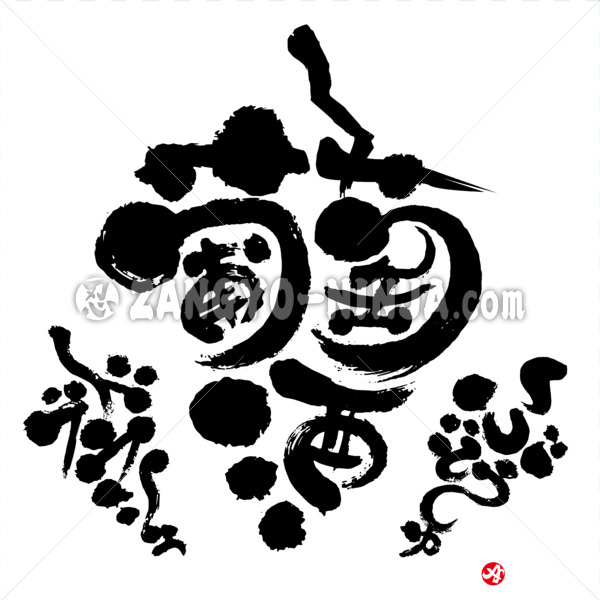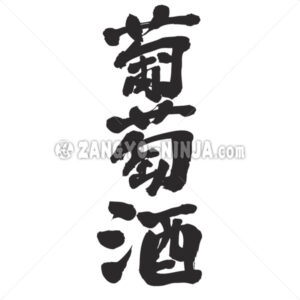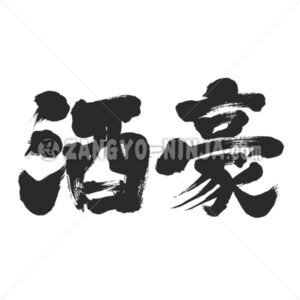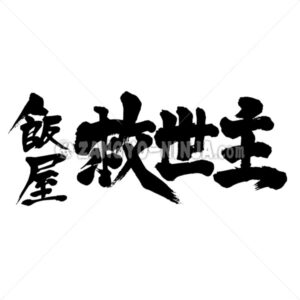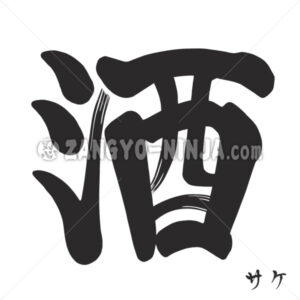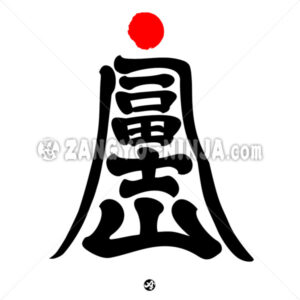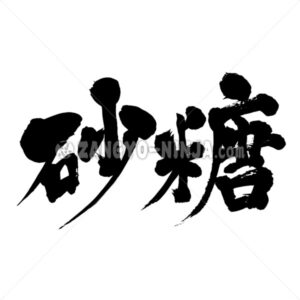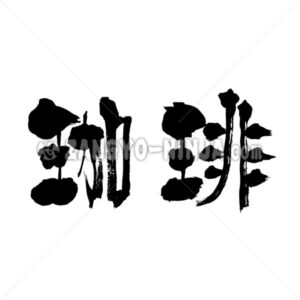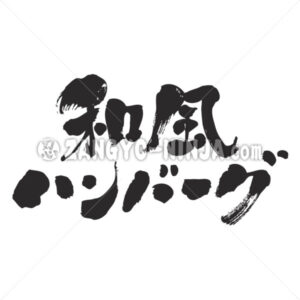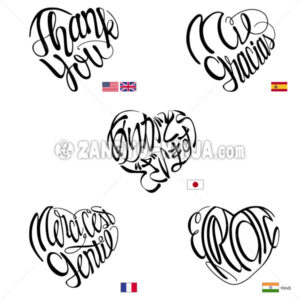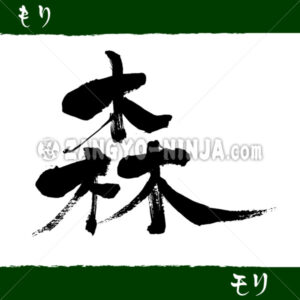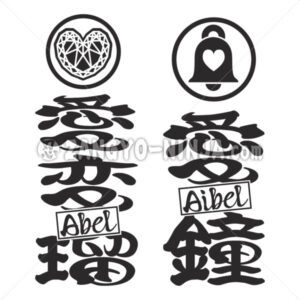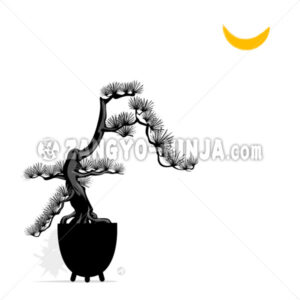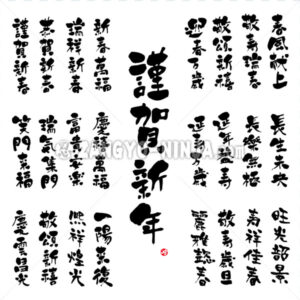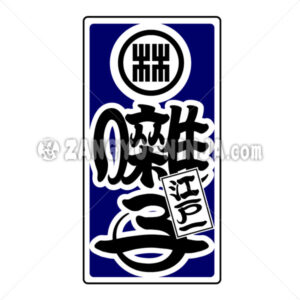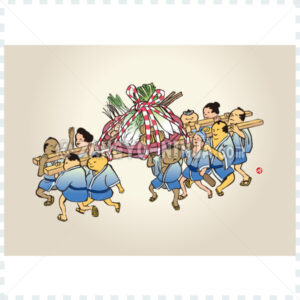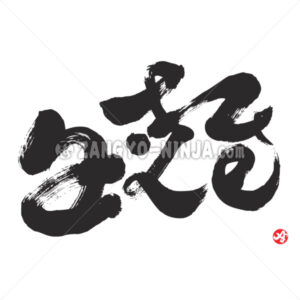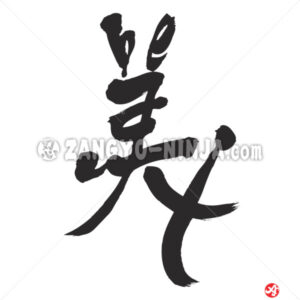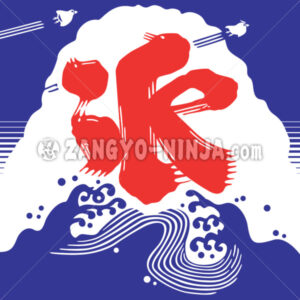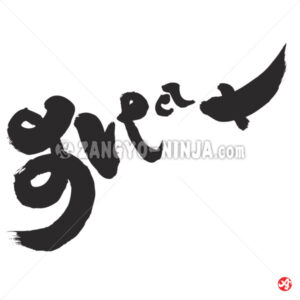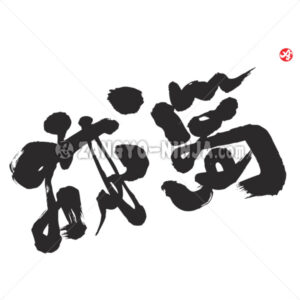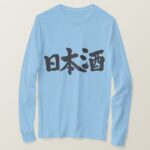Wine is made from grapes. The shape of the grape is expressed through calligraphy. All of them read “Budoshu” and refer to grape wine, or wine in Japan.
In this typographic work, the left side is written in Katakana, the center in kanji, and the right side in Hiragana, with wine written with a brush in the shape of a grape.
What is the origin of this “Budoshu” kanji?
First of all, grapes were originally called “grapes” because the Greek word “botrus” was introduced to China, where it was converted to “葡萄” and then to “Budo” in Japan. It is believed that the word “grape” was then introduced to Japan, where it came to be called “grape. There is another theory that the grape is said to have come from the Fernaga word “Budaw” used in Fernaga, which is now Uzbekistan.
The word “葡萄酒” meaning alcohol “酒” was added to it, and it came to be called “Budoshu”.
As the story goes, the European country of Portuguese is the same when written in kanji, except for the last character. This is also a guess based on the reading sound.
Grape paintings are auspicious
In Japan, recent high-priced brand-name grape varieties are available and well-known to people.
As you can see from the bunches of grapes, there are many berries. The grape is a plant with a vine that coils around it. Because of this characteristic, the grape has the meaning of “match-making, marital bliss, prosperity of offspring, good harvest, and prosperous business.
As can be seen in the family crest, the grape has long been used as a symbol of good fortune.


